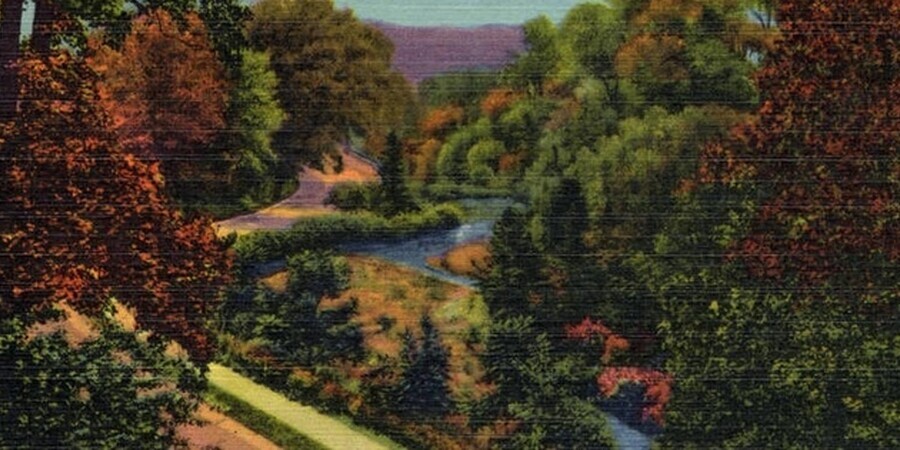Philadelphia, PA - The Lincoln Drive in Philadelphia is a 4.1-mile road originally built as the Wissahickon Turnpike in 1856. It is also known as Dead Man's Gulch. It took nearly 50 years to complete.
Lincoln Drive in Philadelphia
It is safe to say that Lincoln Drive is dangerous. But that doesn't mean that the road isn't worth visiting. The mid-1850s construction of the road was an effort to make the city more connected to the surrounding suburbs. But it was also required to channelizing the Monoshone Creek, which is visible to the left. In fact, the road was designed in the "City Beautiful" tradition so motorists would have unobstructed views of nature and Center City.
The road is a two-mile stretch of serpentine roadway between Ridge Avenue and W. Rittenhouse Street. The road is infamous for its deadly accidents. The city has attempted to address this problem by installing speed cameras. However, the proposals failed to get traction.
The road's history goes way back to the 1800s. Its first incarnation was as a Wissahickon Turnpike, built between the Germantown neighborhood and the East Falls neighborhood. In 1869, the Fairmount Park Commission took the Wissahickon River Valley title. It razed most of the mills on the site to eliminate industrial discharges. In the mid-1880s, the road was renamed, Wissahickon Lane. Travelers used it to access the expanding park system and the southern part of Germantown.
In the early 20th century, the city of Philadelphia was considering expanding the Lincoln Drive northwards from the downtown area. In keeping with the City Beautiful movement, the roadway's design shaped adjacent land use in the 1940s and 1950s. However, the street was initially undeveloped, and few commercial properties were established along the stretch of road. While these businesses were not incompatible with the city's vision, residents criticized them as unsightly and uninviting. In 1930, these businesses were prohibited on the stretch of road.
By the early 1960s, city planners had stopped funding these improvements. The northern segment of the road remained unrecognized and less traveled. Thankfully, the city is now considering implementing traffic-calming measures. Today the drive is considered a great scenic drive and a great way to enjoy a weekend drive.


